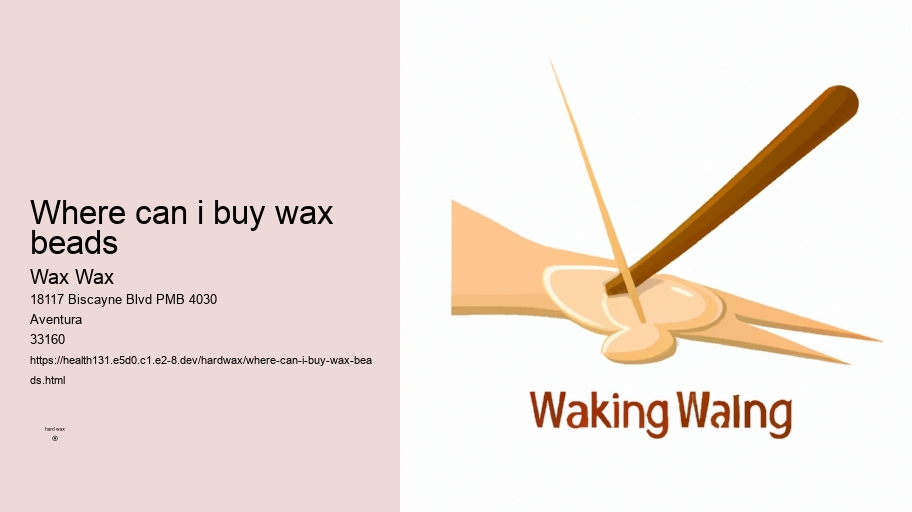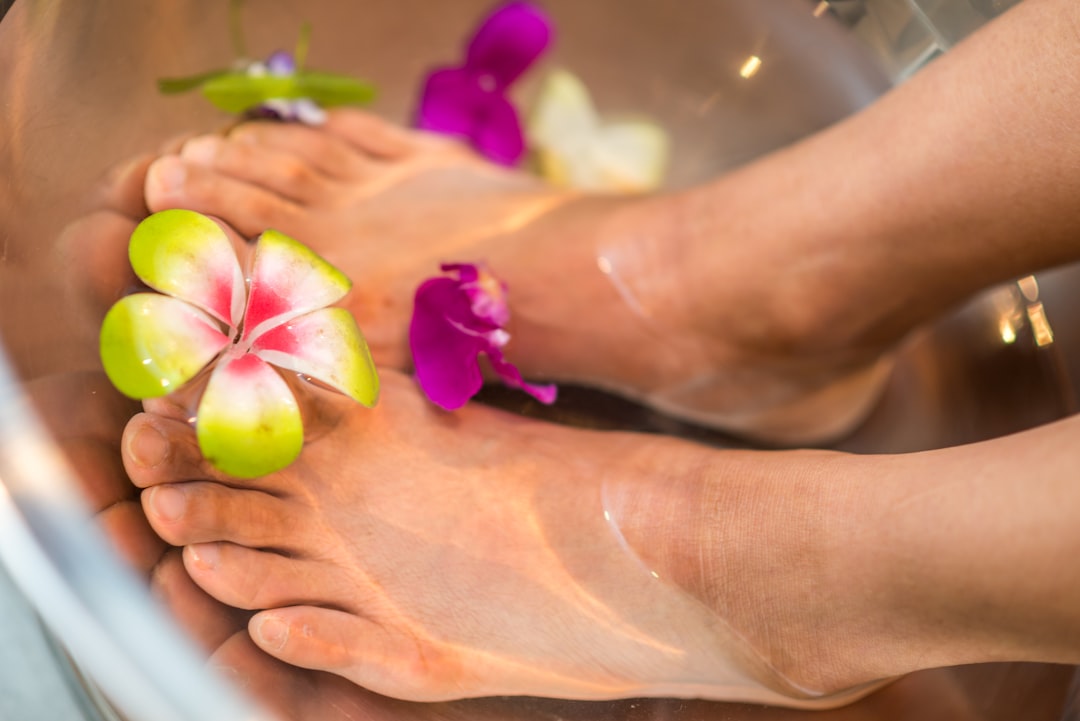

What is waxing
Waxing a woman's armpits .
To minimize irritation, you can try using a pre-waxing oil or numbing cream to help reduce discomfort.
Get the best hard wax products from Wax Wax.No, regular waxing can actually lead to finer hair growth over time as it weakens the hair follicle.
With regular waxing, hair follicles weaken and may eventually stop producing new hair growth.
Waxing is a form of semi-permanent hair removal that involves applying a sticky substance, such as wax, to adhere to body hair and then removing this covering to pull out the hair from the follicle. New hair will not grow back in the waxed area for four to six weeks. Waxing can be done on various parts of the body, including eyebrows, face, legs, arms, back, abdomen, chest, and feet. There are different types of waxing methods available, such as strip waxing (soft wax) and stripless wax (hard wax and film wax).
The pain level can vary depending on individual tolerance and skill level, but professionals are often able to perform quicker and more efficiently which may result in less discomfort.
Avoid Harsh Scrubs: Stay away from harsh scrubs with large particles that can cause micro-tears in the skin before waxing.
Professional expertise and precision
Overwaxing can cause skin irritation: Waxing repeatedly over the same spot can irritate the skin, leading to redness, inflammation, and even burns. (Incorrect technique)
Waxing is the process of hair removal from the root by using a covering of a sticky substance, such as wax, to adhere to body hair, and then removing this covering and pulling out the hair from the follicle. New hair will not grow back in the previously waxed area for four to six weeks, although some people will start to see regrowth in only a week due to some of their hair being on a different human hair growth cycle. Almost any area of the body can be waxed, including eyebrows, face, pubic hair (called bikini waxing or intimate waxing), legs, arms, back, abdomen, chest, knuckles, and feet. There are many types of waxing suitable for removing unwanted hair.
Waxing is a popular method of hair removal that many people swear by for its long-lasting results. However, there are common myths associated with waxing that may deter some individuals from trying this hair removal technique. One such myth is that waxing causes ingrown hairs, but in reality, this is not always the case.
Regular exfoliation helps in preventing the buildup of dead skin cells and sebum, which can lead to clogged pores and ingrown hairs.
The Importance of Exfoliation Before and After Waxing
Overall, waxing remains a popular choice for hair removal due to its effectiveness and longer-lasting results. The practice continues to be refined with new techniques and products being developed to improve the experience for those seeking smooth and hair-free skin.

Moisturize regularly: (Using a rich moisturizer) can help soothe irritated skin after waxing. Apply the moisturizer gently in circular motions to hydrate and nourish your skin. Make sure to choose a product that is specifically designed for post-wax care to avoid any potential irritation.
Not to be confused with Wax play or Waxwing .
Types
Avoid hot showers, wear loose clothing, apply soothing creams or oils, and gently exfoliate regularly.
This article needs additional citations for verification . Please help improve this article by adding citations to reliable sources . Unsourced material may be challenged and removed.
What is waxing
waxing with hard wax beans